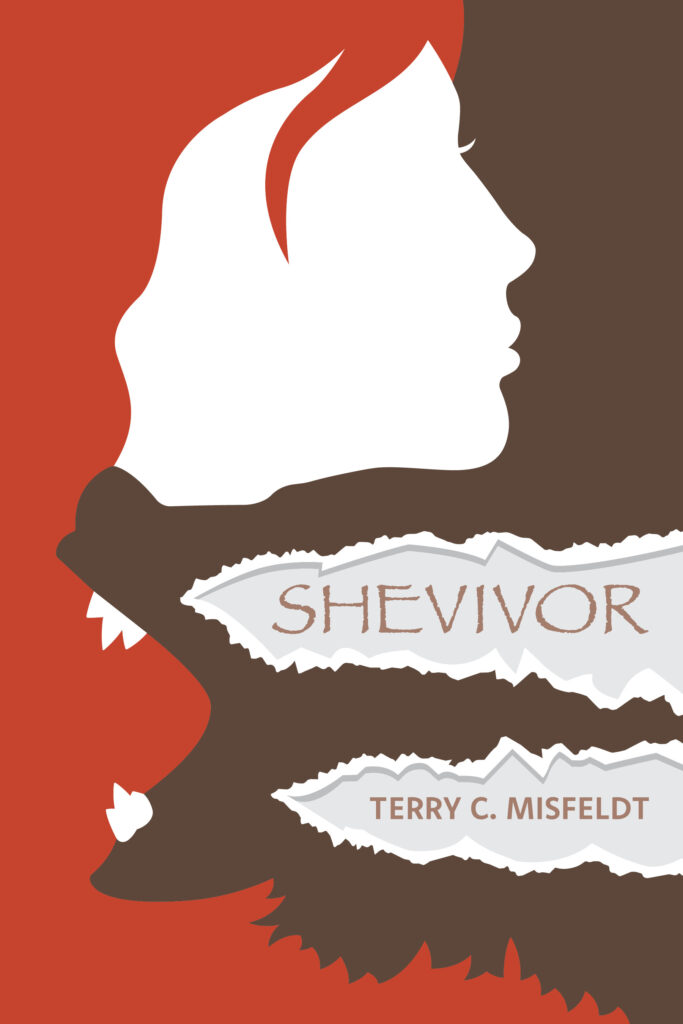By Terry C. Misfeldt
Writing thank you notes may be going the way of dinosaurs, but they are still valuable to the recipients which requires the writer to be artistic with words.
Start with why you are writing someone to thank them. Sure, you can shoot them a text that says, “Thanks for meeting with me,” but what impression does that leave with the person getting the text? To me, it tells them I really do not have a lot of time for you, so here is a quick brush off by means of text.
Imagine that person getting a piece of mail in a nice envelope and a card, preferably embossed with the sender’s initial (surname) or corporate logo. The card contains a hand-written message expressing appreciation for meeting with the sender, solving the sender’s problem, wishing the recipient success, or some similar accolade. If the message is written with sincerity, that will come across to the recipient and be deeply appreciated. They may even save the card as a testimonial to their service.
A thank you note need not be long-winded. Short and sincere, but not necessarily sweet. Write it with the recipient in mind and you can create a relationship based on friendship, honesty, and trust. Use your best penmanship to write the note. Do so as legibly as you can so the recipient can avoid trying to figure out what you scribbled in the note.
If you are a writer, the cost of postage and some thank you notes is minimal compared to the good will you create sending these messages to proofreaders, beta readers, editors, publishers who read your manuscript, agents who consider representing you, and to the people who put up with you during those days, weeks, and months of writing your novel or memoir.

